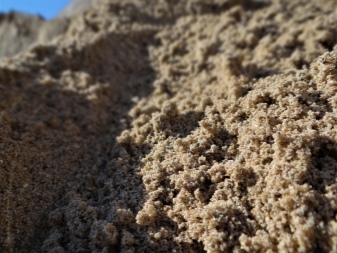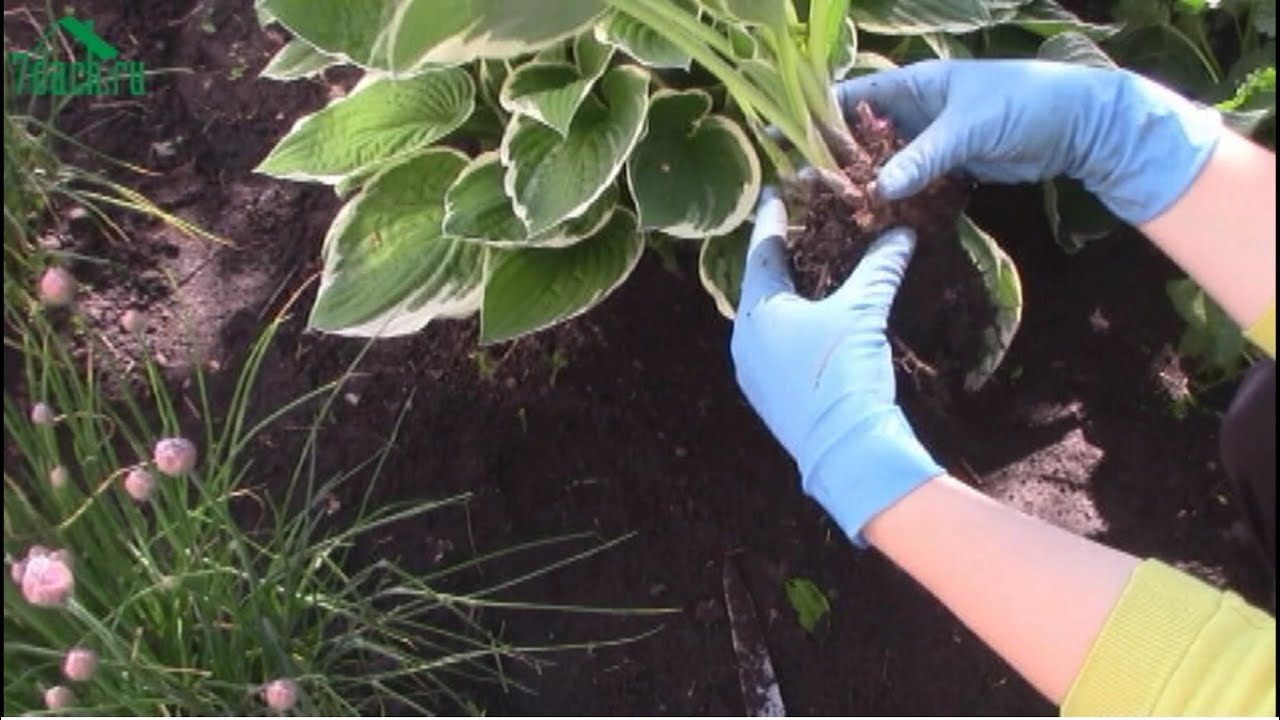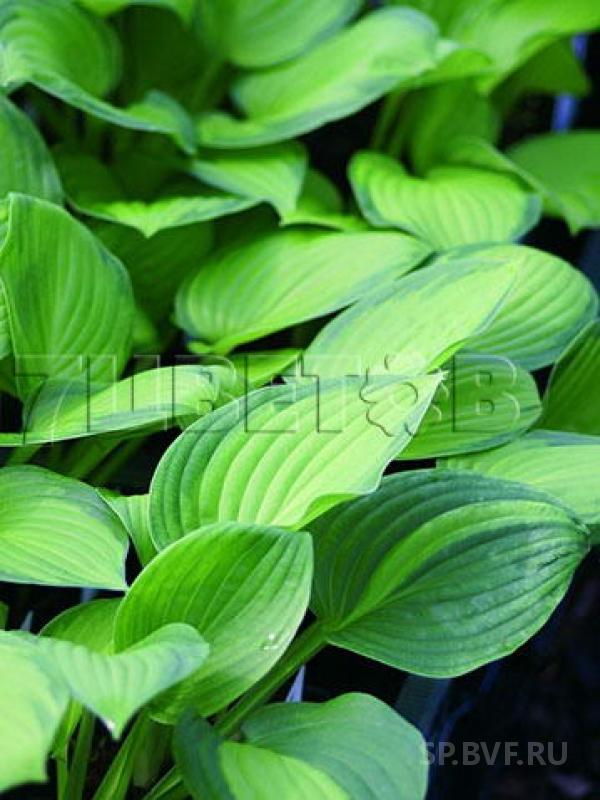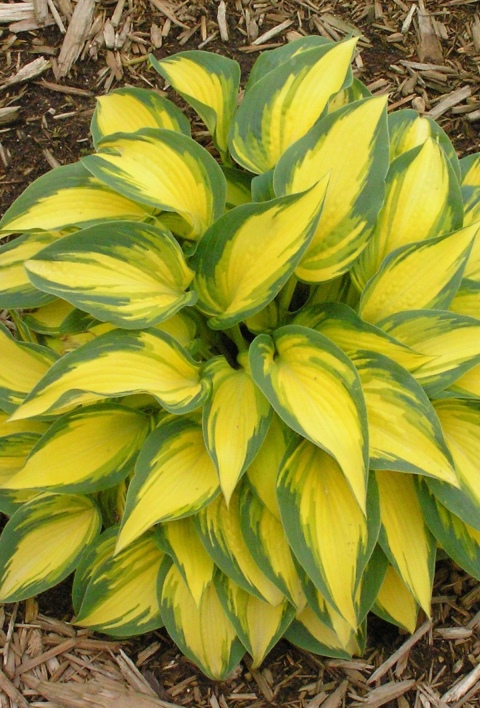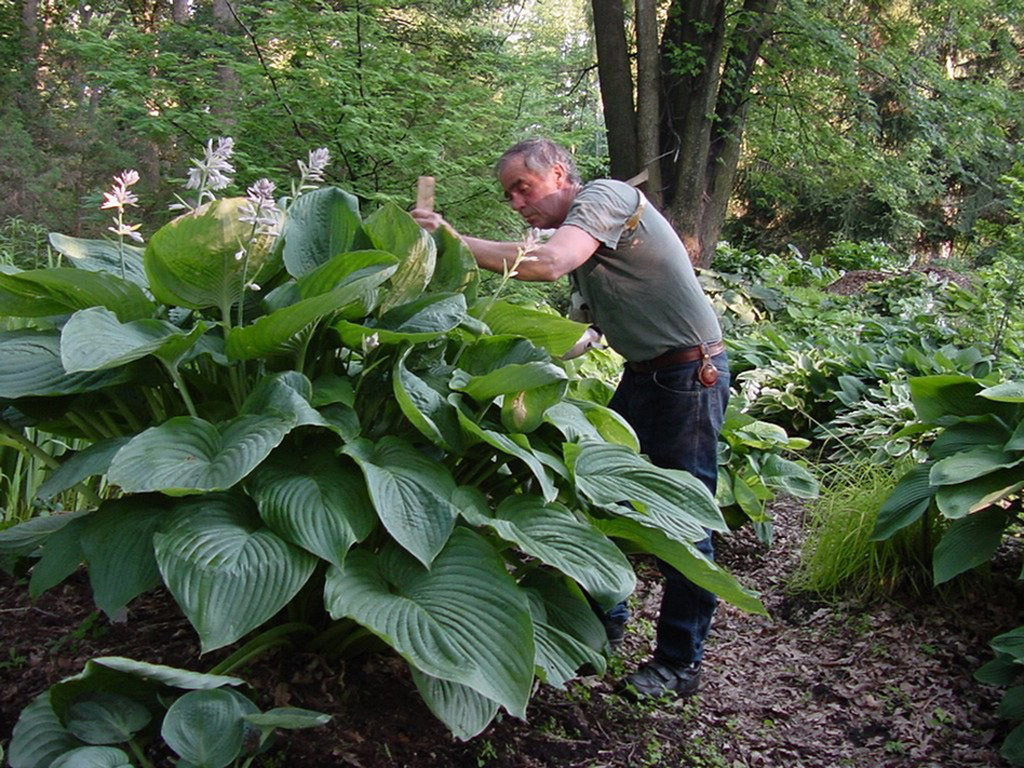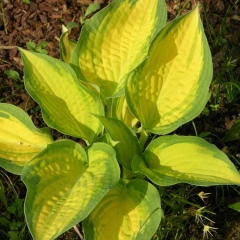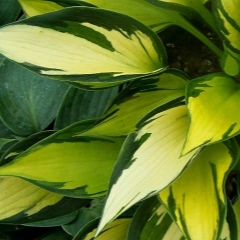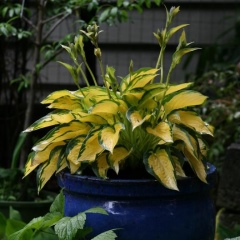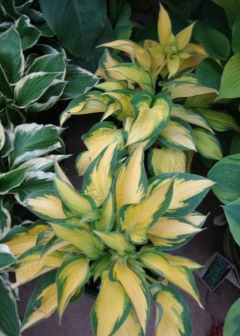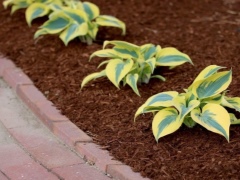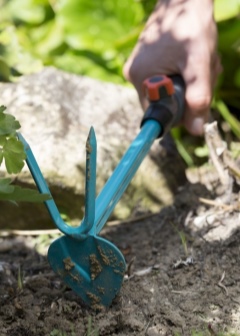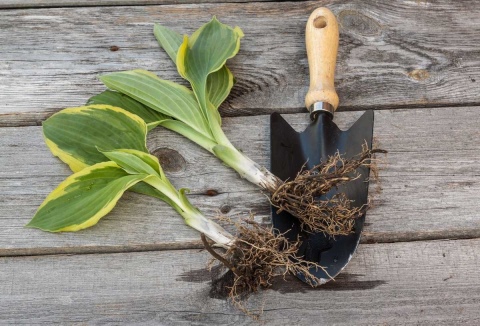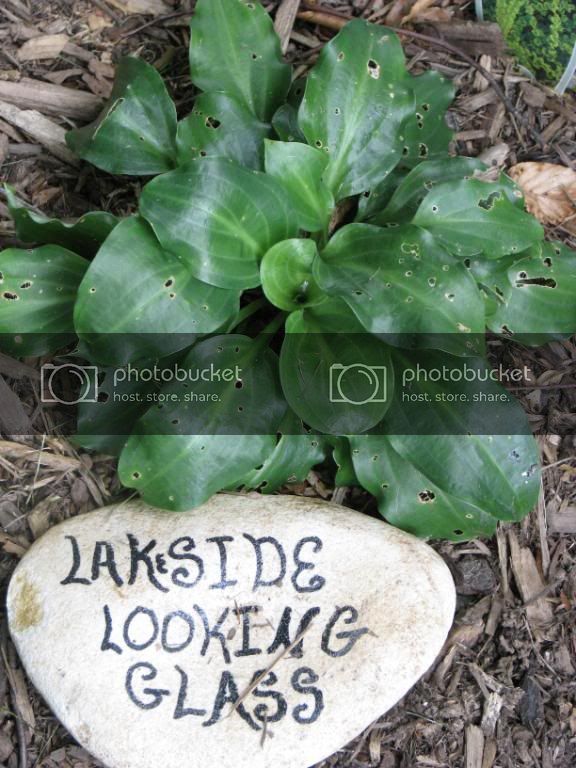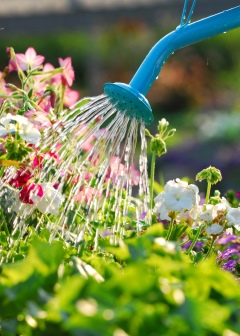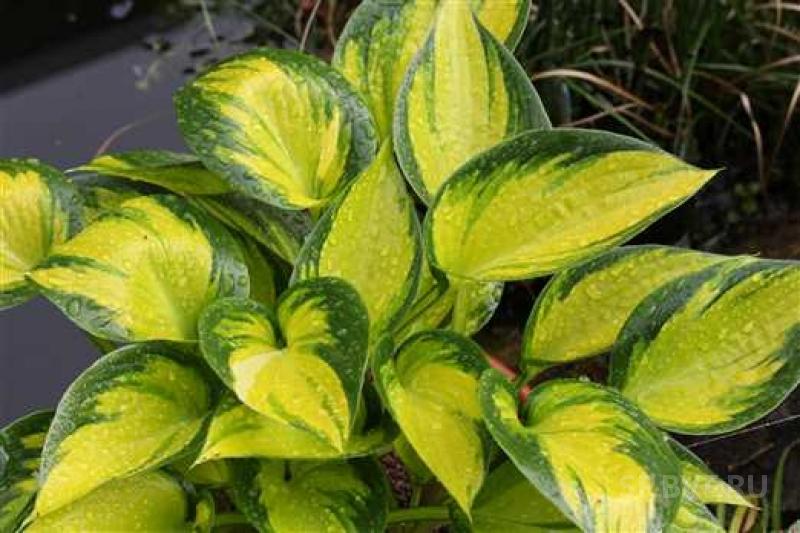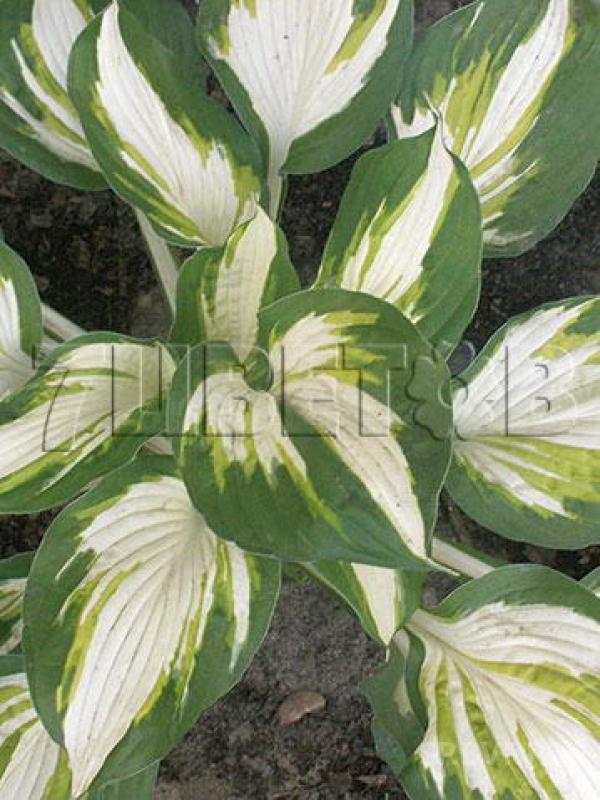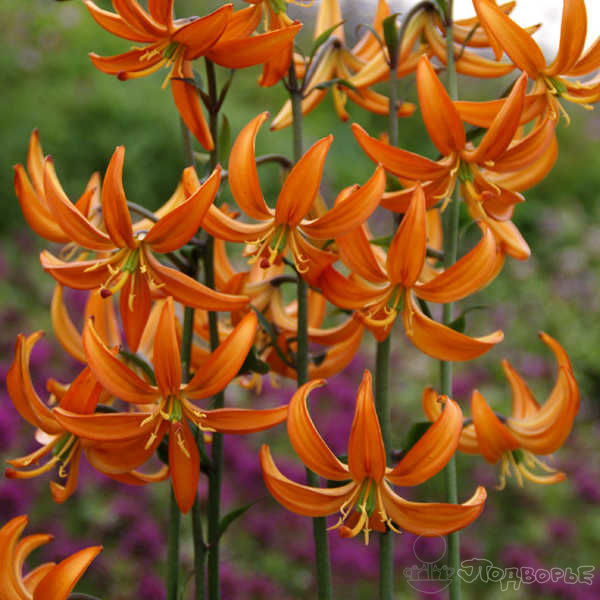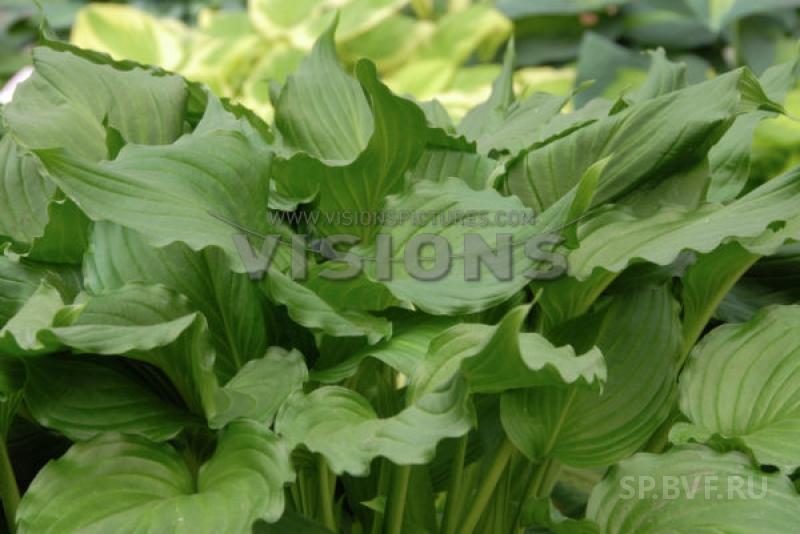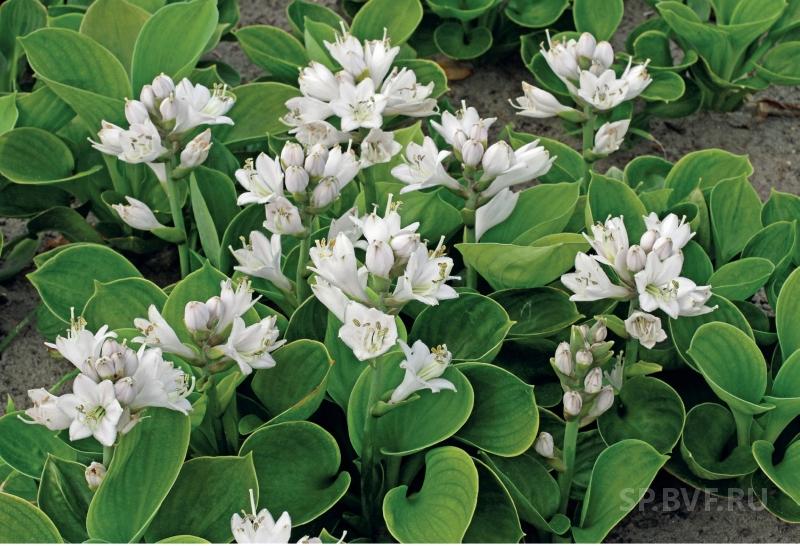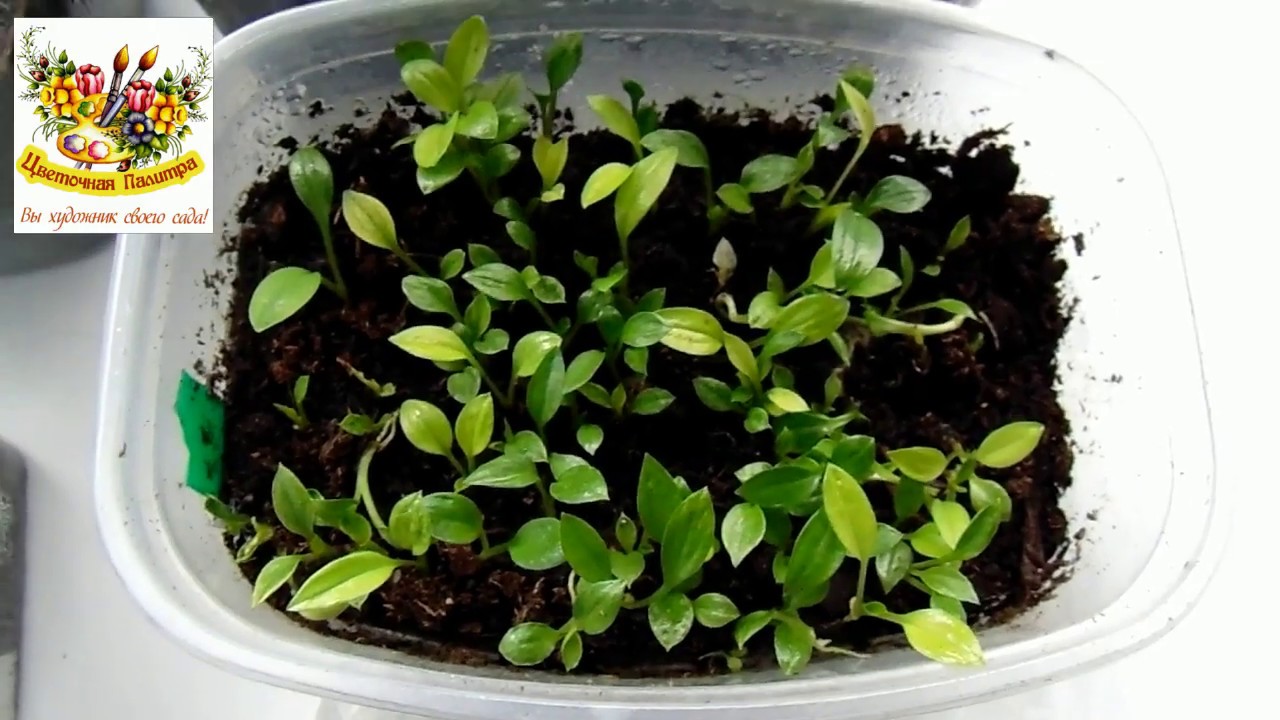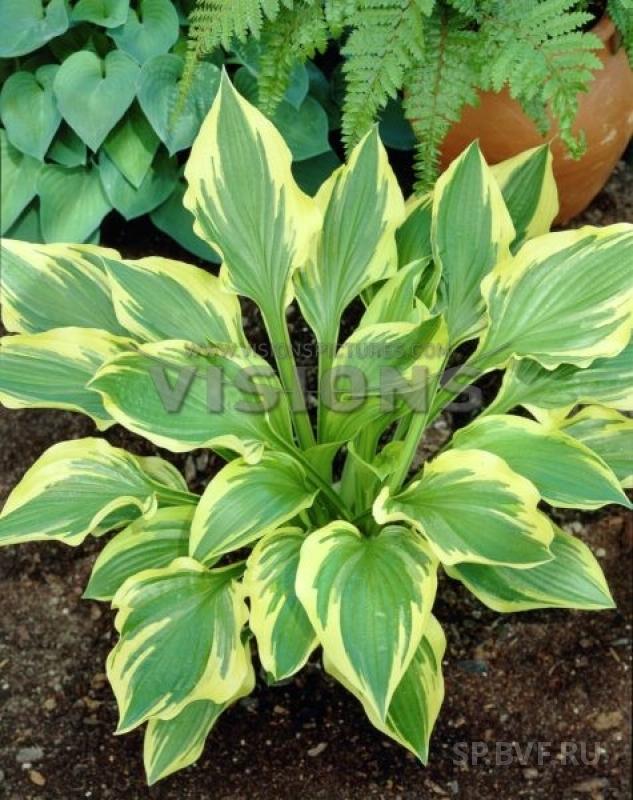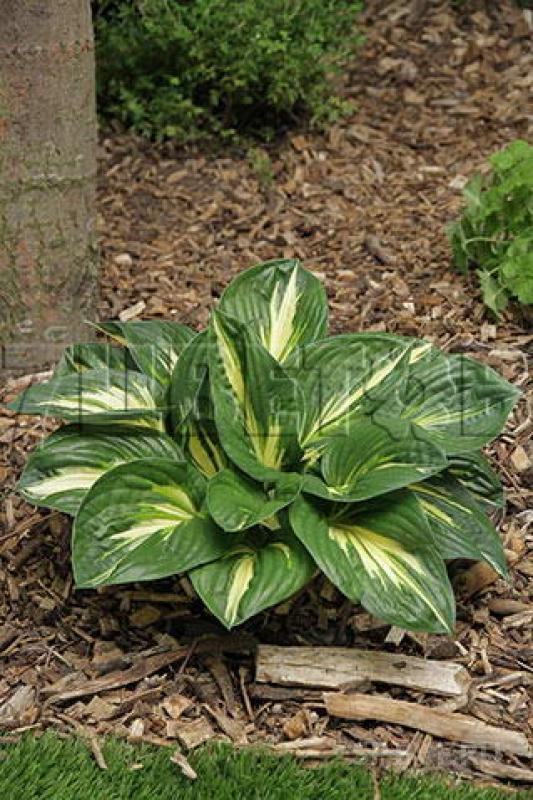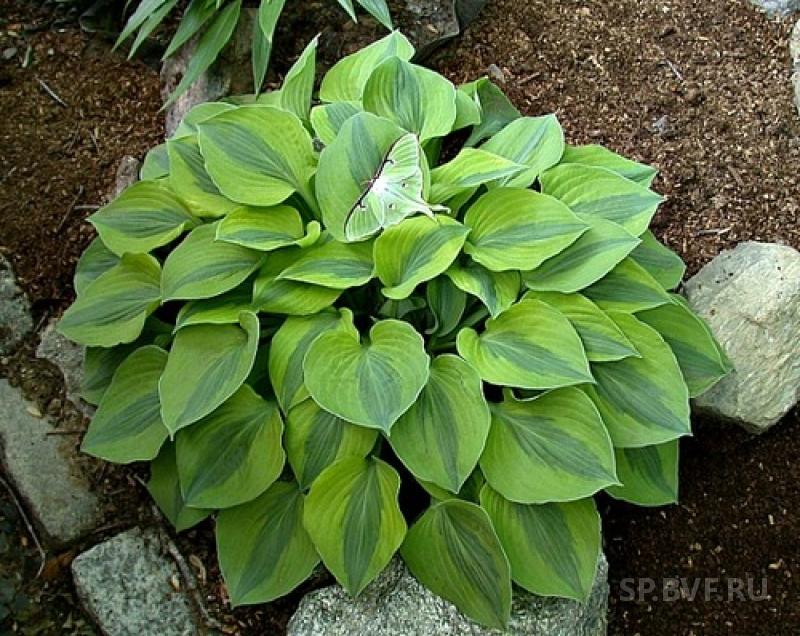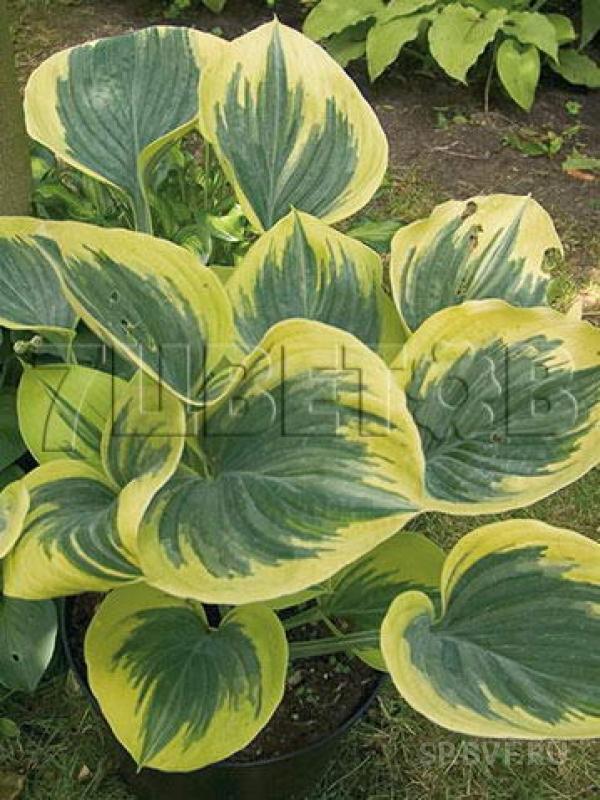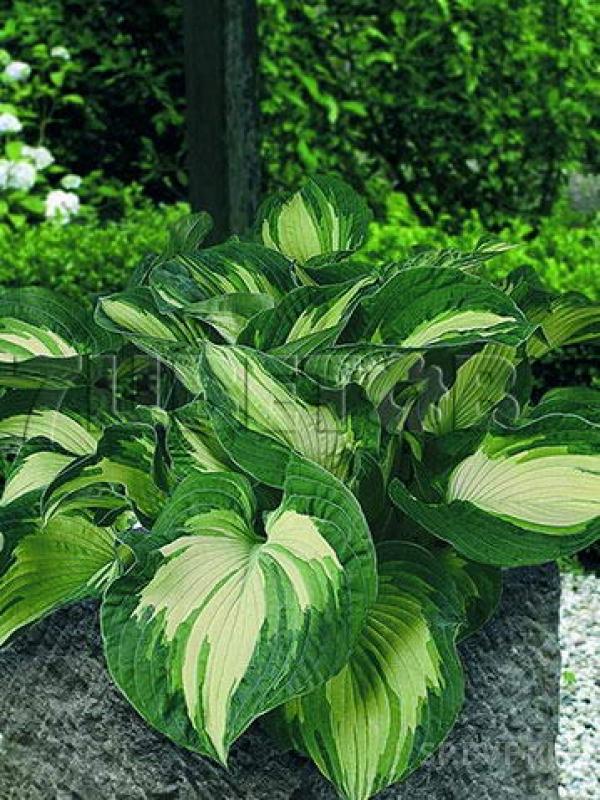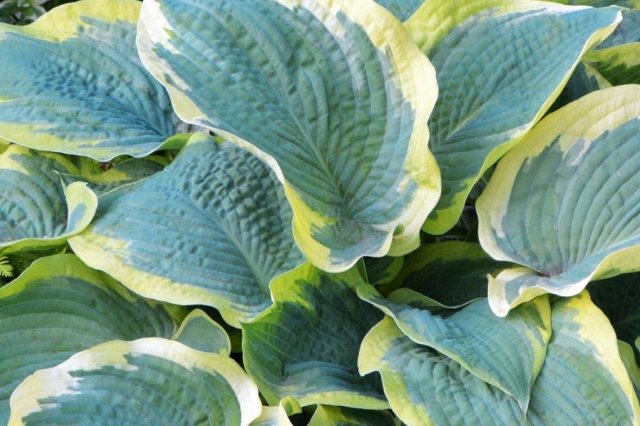Breeding methods
Propagation of heuchera by dividing the bush is the most effective way
Geuchera LIme Marmalade reproduces quite easily. The main ways are:
- Bush division - carried out in spring or early autumn. With a disinfected knife, the rhizome is divided into several parts, the planting is deepened to the level of the first leaves. Rooting occurs in 2 weeks.
- Cuttings - prepared parts of shoots 5-8 cm long are dipped in a solution of the growth stimulator "Kornevin", planted in a mixture of soil with sand in a ratio of 1: 1. Cover with a plastic bag on top. The first roots appear in 25-30 days.
- Reproduction by seeds. Planting material is purchased in a specialized store or collected independently. The seeds are laid out on the surface of the soil and slightly pressed down, without burying them into the ground. The container with crops is covered with glass. Young seedlings do not retain their maternal varietal properties.
Attention! Propagation of heuchera by dividing the bush is the simplest and most effective method. 80-90% of plants successfully take root.
Diseases and pests
The plant is quite resistant to the harmful effects of diseases and pests. Caterpillars of butterflies, snails and slugs can cause tangible harm. Diseases, as a rule, affect if agrotechnical rules are not followed. For prevention and treatment, fungicides are used.
Geichera Marmalade has an attractive and unusual appearance, which is why it is in great demand among gardeners. In landscape design, it is used to decorate the trunk circle of tall trees, rocky gardens, often a hedge is formed from it. It is not difficult to grow it, the plant is undemanding and does not take much time.
Geichera Marmalade is one of the most popular varieties of the species, which is used by garden decorators for landscaping personal plots, parks, gardens, recreation areas and squares. It is not difficult to grow it even for a novice gardener, especially after reading this article.
vote
Article Rating
Description
Heuchera "Marmalade" is a complex hybrid variety obtained from crossing three types of Heuchera. It is the tallest species of its kind, reaching a height of 45 cm. It forms a lush, rounded bush. The leaves are lobed with corrugated edges, have a glossy surface and are covered with hairy pubescence. The original colors change from spring to autumn.
Flowering begins in June and lasts until July. It represents the ejection of tall peduncles, on the top of which there are panicles, consisting of small burgundy or white flowers. The flower lives for 3-4 years.
Description of hosts Orange marmalade
If you give a description of the hosts, then the Marmalade variety can be called picky. Among gardeners, it is considered to be universal for any climate. It can withstand drought and severe frosts, and also does not require serious training and skills when growing. In addition, the host "Orange Marmalade" is famous for its longevity: the plant can bloom for 20 years in one place, and every year the crown of the bush will grow.
According to its agrotechnical properties, the host is considered a versatile, drought and winter-resistant plant.
"Orange Marmalade" has large oval leaves that have a slightly wrinkled and dense texture. The main feature of this plant variety is the color change during the period of cyclical annual flowering. When the leaves bloom, they have a bright hue (from golden yellow to bright orange), but gradually fade under the sun, acquiring a creamy color.
The flowering period of the hosta usually falls in July-early August."Orange Marmalade" at this time has lavender shades and reaches 1 meter in size. Hosts are plants from the order of liliaceae; they have a pronounced pleasant smell in cool weather. On average, the bush can grow up to 50 cm in height and up to 60 cm in width. The growth rate of the flower is average. "Orange Marmalade" loves moisture, therefore it will not take root on arid soil if the soil is not moistened in time. The flower feels best in the shade or partial shade; in the open sun it shrinks and fade.
Winter hardiness of Orange Marmalade hosts reaches 3 degrees, that is, it survives at temperatures down to -40 ° C. Japan or China is considered a natural habitat, but hosts are widely used in Russia as an ornamental plant as well.
Application in landscape design
Hybrid Hostu Orange Marmalade is often used as the basis for bouquets, because of the wide, beautiful leaves and the bright aroma characteristic of the liliaceae family. In the garden, flowers are usually planted around the perimeter of the reservoir so that there is no accumulation of water at the landing sites. Green and golden bushes also look beneficial against the background of rocky surfaces and stone gardens, on an emerald lawn, when plants are formed in small groups.
Inflorescences "Orange Marmalade" have a strong aroma, which intensifies in cold weather
Pale pink or purple, bright red brown flowers look spectacular next to "Orange Marmalade". This color scheme is usually inherent in the autumn period, just the time of flowering. In the garden, you can apply pastel shades: peach, pale pink or beige, silver, gold and orange. You can also use blue and purple flowers next to the hosts.
Important! It is better to plant similar plants. White, yellow, orange and gray flower beds go well with "Orange Marmalade"
The main thing to remember is that the hosta loves shaded areas of the garden.
White, yellow, orange and gray flower beds go well with Orange Marmalade. The main thing to remember is that the hosta loves shaded areas of the garden.
Diseases and pests
| Problem | Symptoms | Prophylaxis | Wrestling |
| Slugs, snails, caterpillars. | Traces of mucus and holes in the leaves. | The correct watering regime is in the morning, not in the evenings;
Sprinkle the soil with tobacco, superphosphate, pebbles. |
Place traps (pieces of plywood, boards), assemble by hand.
Use special products based on methylaldehyde. |
| Rot of leaves and root collar. | The ground part of the plant withers and gradually dies off. Brown spots appear on the leaves, starting from the tips. | Drain the soil well, do not overfill the soil.
Disinfect the substrate and garden tools. |
Cut off infected leaves and stems, treat the host with fungicides (Trichodermin, Oxyhom, Topaz).
Transplant to a new place, and replace the soil in the old one. With an advanced disease, it is better to completely burn the bush. |
Description of Orange marmalade
Khosta, by its agrotechnical properties, is considered the most versatile, drought and winter-resistant plant, moreover, it does not require special care skills. Even a beginner can grow such a bush in soda. This perennial plant can grow in one place for 20 years or more, becoming more magnificent and more beautiful every year. This is especially true for the Orange marmalade variety.
The advantage of this species is not only the large, slightly wrinkled oval foliage, but also the color of the leaves, which changes throughout the year. When blooming, the leaves have a golden yellow color, then acquire a bright orange hue, gradually fading to a creamy color under the influence of sunlight. The hosta blooms in July and early August with lavender inflorescences up to 1 m. The hosts belong to the genus Liliaceae, so the inflorescences have a rather strong aroma, which is greatly enhanced in cool weather.
Description of Heuchera Marmalade
Perennial ground cover plant of the Saxifrage family. The name comes from lat.Heuchera, in the wild, a flower common in the highlands of North America. Heuchera does not have a central stem. Leathery leaves on thin petioles are rooted. The fleshy taproot goes to a depth of 20-30 cm. Thanks to the efforts of breeders, new original hybrids with various colors appear every year.
Geichera Marmalade is distinguished by its attractive carved leaves with a wavy edge. The photo and description show that the leaf plates are painted in various shades of lemon-green color. The bush is up to 25 cm high, 20-25 cm in diameter. When growing for several years in one place, it grows up to 50 cm wide. In May-June, the perennial pushes flower stalks to a height of 45 cm, blooms for 30-60 days with nondescript white bells collected in loose panicles.
The appearance of the Lime Marmalade bush is striking in color saturation
Geichera Marmalade prefers to grow in semi-shady places, protected from the direct rays of the midday sun. Feels good next to ornamental shrubs or tall herbaceous plants.
Important! Hybrid Lime Marmalade is suitable for growing in all regions of Russia except for the Far North, has a high frost resistance (up to -35˚C).
Application in landscape design
Most often, design masters and amateur flower growers plant several varieties of heuchera in groups, choosing contrasting colors of leaf plates: purple, light green, pink. Bright spots of decorative foliage of undersized heuchera Lime Marmalade bushes are perfectly combined with coniferous shrubs, tall perennials (roses, astilbe, daylilies). Geichera Lime Marmalade with golden color of leaves looks original with spring bulbous plants: tulips, daffodils, irises.
Description of Orange marmalade
Khosta, by its agrotechnical properties, is considered the most versatile, drought and winter-resistant plant, moreover, it does not require special care skills. Even a beginner can grow such a bush in soda. This perennial plant can grow in one place for 20 years or more, becoming more magnificent and more beautiful every year. This is especially true for the Orange marmalade variety.
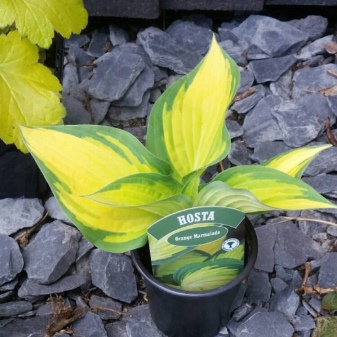
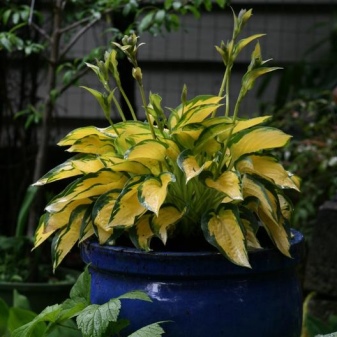
The advantage of this species is not only the large, slightly wrinkled oval foliage, but also the color of the leaves, which changes throughout the year. When blooming, the leaves have a golden yellow color, then acquire a bright orange hue, gradually fading to a creamy color under the influence of sunlight. The hosta blooms in July and early August with lavender inflorescences up to 1 m. The hosts belong to the genus Liliaceae, so the inflorescences have a rather strong aroma, which is greatly enhanced in cool weather.
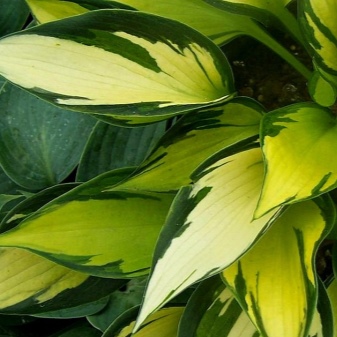
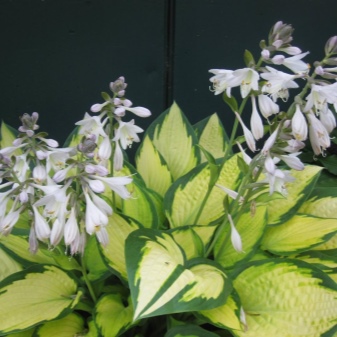
Plant care in the garden
Barberry Red Rocket does not apply to plants that require special care. However, there are mandatory rules that must be followed for the health of the plant and the preservation of its decorative effect. This is watering, reproduction, pruning and prevention of diseases and pest attacks.
How to water a plant
The shrub easily tolerates hot summer days and does not require additional watering. The exception is the first year, when it is necessary to water the plant at the root once every 10-14 days. The water should be at room temperature. The plant does not like the crown to be irrigated; watering at the root is enough. The next day, you need to loosen the soil under it.
Reproduction
Barberry cuttings are propagated in early summer. To do this, remove the lower leaves from a cutting 20-25 cm long and plant it in a prepared hole so that there are 3-4 leaves on top. The landing site is covered with a jar. After 2-3 weeks, the plant will give new shoots. After that, the greenhouse is removed.

Propagation of barberry by cuttings
In the spring, one of the shoots is bent to the ground and a mound of earth is poured on top in the middle of the shoot. For the formation of new roots, you need to cover 3-4 buds. The top with 4-5 leaves is straightened with a support. The mound is watered once every 5-7 days.The finished bush is transplanted next spring.
By dividing the bush, adult bushes are propagated, starting from 5 years of age. Autumn planting is preferable, before the onset of frost. In late September - early October, the bushes are dug out for transplanting and divided so that the new plant has 4-5 young shoots. After planting, the land is fertilized and watered.
Attention! When planting in autumn, it is necessary to plant barberry 2-2.5 weeks before the onset of the first frost. During this time, the plant will have time to heal wounds and continue the growth of the root system.
Pruning
Despite the fact that the height of the bush reaches 2 m, it is often not recommended to cut it. Usually, pruning is done in the spring, removing the frozen tips of the shoots. Additionally, the plant is pruned to form the desired leaf shape. Pruning improperly growing branches is performed at the very base.
To form a bush of the correct shape, it is cut off taking into account the location of the buds. To get the branch directed outward, the outermost bud is left on the outside. You can orient the branch of the bush inward, leaving an extreme bud on the shoot, directed inward.
Diseases and pests
The plant has good immunity to most diseases and pests. However, sometimes it gets sick or is attacked by insects.
The main culprits of cultural health disorders are:
- Insect Barberry aphid - affects foliage.
- Pest Flower bead - damages the fruit of the barberry.
- Powdery mildew disease - affects leaves and shoots.
- Leaf spot is a viral disease.
- Fungal lesions of leaves and shoots.
The shrub is treated by timely processing it with a solution of complex preparations. Spraying with a solution of tobacco dust, laundry soap, copper oxychloride and copper sulfate is also used.
Growing recommendations
For outdoor cultivation, plants that are more than two years old are suitable. They will be able to survive winter frosts and winds with little or no cover. Find a location with diffused light and no drafts. Before planting, the soil must be dug well and weeds must be removed. Plant the plant in a small depression in the ground, straighten the roots and cover with a 1: 1 mixture of soil and sand.
The ground near the bush must be trampled down and watered
For the first month, pay attention to watering, the ground should always be moderately moist. Near the base of the plant, you can mulch with straw or sawdust.
This will keep moisture longer. Periodic loosening of the soil is simply necessary, but this must be done carefully so as not to hurt the root.
Since geychera grow in the wild in the mountains, the presence of nutrients in the soil can be minimal. For them, top dressing should be with a concentration 2 times less than it should be, and it can be carried out only during transplantation. In this case, an excess of fertilizer can only harm the shrub.
The plant is drought tolerant, so watering should be moderate. The main thing is to provide good drainage to prevent stagnant water. From it, the roots fester, and the plant may die. Watering is carried out strictly at the root so that drops of liquid do not fall on the leaves and do not lead to disease.
It is beneficial to transplant a plant in the spring when the first leaves appear or in the fall, after the end of flowering. In extreme heat, the plant can be sprayed. For this, water at room temperature is suitable. This should be done in the morning. Young plants are not pruned for the winter. The foliage keeps warm. Additionally, you can insulate young plants with a layer of foliage or sawdust.
If not properly cared for, the plant can become infected with fungal infections. At high humidity, rot or powdery mildew can overcome it. When the plant decays, the root system begins to rot, the leaves wither and turn black. The plant may die. To preserve the variety, you can root the cuttings from the stem. Powdery mildew is produced by a fluffy bloom on the bush.
Geikhera "Marmalade" is the most popular variety of the species, widely used for garden decorations and landscape design. With good and proper care, it will repay you with the beauty and variety of shades of its leaves on the bush.
See the next video for the features of Heuchera.
Growing rules
Adult hosts "Orange Marmalade" are frost-resistant, and can also live for a very long time without watering. But this cannot be said about young seedlings - a fragile root system needs regular moisture and nutrients.
Important! It is impossible to excessively moisten the soil with young seedlings, as nutrients are washed out of the ground. Watering should be infrequent, but abundant
Moistening the soil is carried out as follows: you need to direct a small stream of water to the roots of the hosta, trying not to touch the leaves of the flower. Moisture on them can attract pests, in particular the main enemies - slugs. They not only harm the health of the bush, but also spoil its appearance.
Due to moisture, the leaves are nailed to the ground, the integrity of the stem is violated
Watering must be done in the morning. If moistened at lunchtime, then only in cloudy weather, otherwise soil erosion will occur. Even if water gets on the foliage, it is necessary to remove it - wipe the sheet with a towel or napkins. Moisture can have a negative effect - it evaporates in the sun and a burn remains on a wet place.
Hosta "Orange Marmalade" is very demanding on fertilizers. Top dressing is quickly absorbed, as evidenced by the intensive growth of leaves and shrubs. Moreover, both ready-made industrial and organic (cut grass, humus, compost, peat) fertilizers can be used for feeding.
Important! For better growth of seedlings, it is imperative to carry out weeding, as well as loosening the soil. The procedure must be carried out within 5 years, until the bush gets stronger and grows
Preparing for winter
The preparation for the winter period of the Orange Marmalade hosts is simple: all the foliage and the ground yellowed part under the bush are removed and sent for processing. This is necessary in order to get rid of pests that can hide there. Hosta "Orange Marmalade" can withstand severe frosts down to -40 ° C, therefore, it is not necessary to cover it. Small covers can be made to protect the plant from wind and drafts. But it is enough to apply mulching with fallen leaves to fertilize the soil.
Hosta Halcyon
Description
Hosta Halcyon (Hosta hybride 'Halcyon'). One of the seductive varieties that belongs to the group Medium Hosts, Medium (M, MED)
He will definitely grab your attention, as well as the attention of your garden guests. Hybrid origin
This host appeared on the market in 1988. Originator: E. Smith & BHHS. This variety sounds in translation as "Tranquility". Although this variety is old and classic, it is still one of the best blue hosts in the world.
'Halcyon' originated as a chimeric mutation of Hosts H. Tardiana Group. It is a unique plant due to its amazingly colored leaves. They have an exceptional deep blue-green color that lasts all season.
It is a perennial plant that is valued not only for its ornamental leaves, but also for its beautiful flowers. It can take its rightful place in a shaded corner of your garden! This hosta forms lush clumps of leaves. Leaves are medium in size, textured, spear-shaped, pointed, venated (11 pairs of veins), dense and very juicy. Sheet size: 10 cm long and 8 cm wide. From above, the leaves are smooth, and from the underside they are covered with a bluish bloom. The bush is well formed, compact, almost round in shape, with an unmatched appearance. Growth rates are average.
In July, even peduncles with racemose inflorescences appear. Flowers in them are numerous, similar to bells. The color of the flowers is lavender. Flowers without aroma. Long bloom - about 3-4 weeks. Disease and pest resistance is average.High frost resistance - it can withstand up to -40 ° C. The host goes completely dormant in the fall. The foliage dies off and can be removed at any time until mid-spring.
'Halcyon' grows well in acidic loamy soils. Although hosts produce flowers, they are mostly grown for highly decorative foliage. These hardy plants can be grown in the shade of deep-rooted trees, as a ground cover, in curbs, or even near water. They thrive best in moist but well-drained soil. Prefer partial shade or shade with protection from cold winds. They do not like tightness. Can also be grown in mixed containers and tubs. Companions for them will be geykhera, carnations, hellebores, astilbe, ornamental grasses. This variety can also withstand the sun. In one place, the host grows up to 10 years (if the rhizomes are not exposed). Flowering time: mid-late summer. The plant is about 55 cm high and 30 cm wide. Supplied in plastic containers (0.5 l).
How to plant?
Planting a compact barberry bush with congeners or similar shrubs is considered optimal. "Orange rocket" is a representative of the flora, unpretentious to the soil. Since he loves the sun's rays, it is better to give preference to a well-lit area. You should not plant a plant in a place where melt water accumulates in spring or groundwater passes high. An unpretentious barberry can survive without damage during a drought, but a swampy substrate is destructive for it, since the root system can rot.
After choosing the most suitable site, you can proceed to the preparation of the footprint. The parameters of the hole must correspond to the size of the plant roots. The next step is to lay out the drainage layer on the bottom of the pit. It can consist of expanded clay, brick or crushed stone.
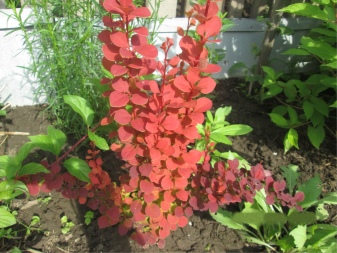
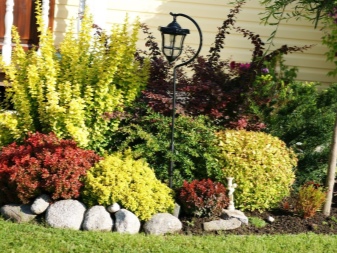
On the advice of experienced gardeners, it is better to buy seedlings growing in a container. Such planting material is characterized by good survival rate and the absence of root injuries. Like its congeners, "Orange Rocket" should be planted in spring before bud break. If a seedling is purchased in the spring and has an active growth phase, then it is better to plant it in open ground in the fall.
When planting this representative of the flora, the date and phase of the moon play an important role. It is better not to plant the plant when the full moon is waning. It is recommended to carry out this procedure when the moon is growing. In this phase, it is worth pruning and other care activities.
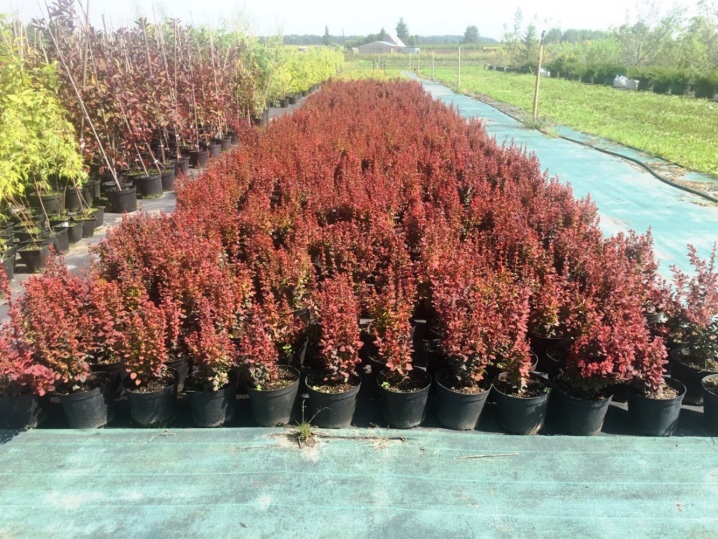
After the hole is prepared and humus with sand is introduced into it, you can add a complex store preparation. The seedling needs to be placed in a hole and its root system should be well spread. The planting should be covered with earth and lightly tamped. The next step is to abundantly irrigate the young barberry to maintain the moisture content of the substrate for a long time. Also, do not forget about mulching the trunk circle of the bush with sawdust.

